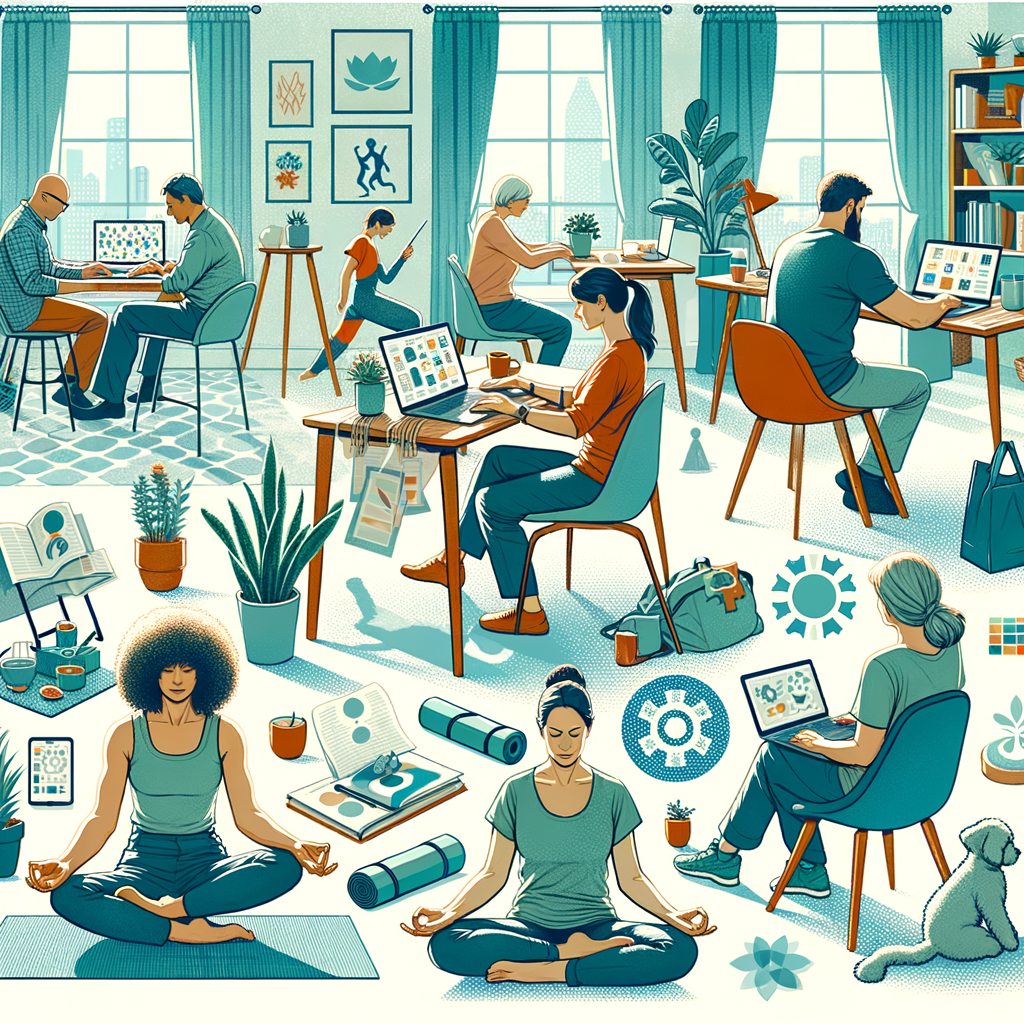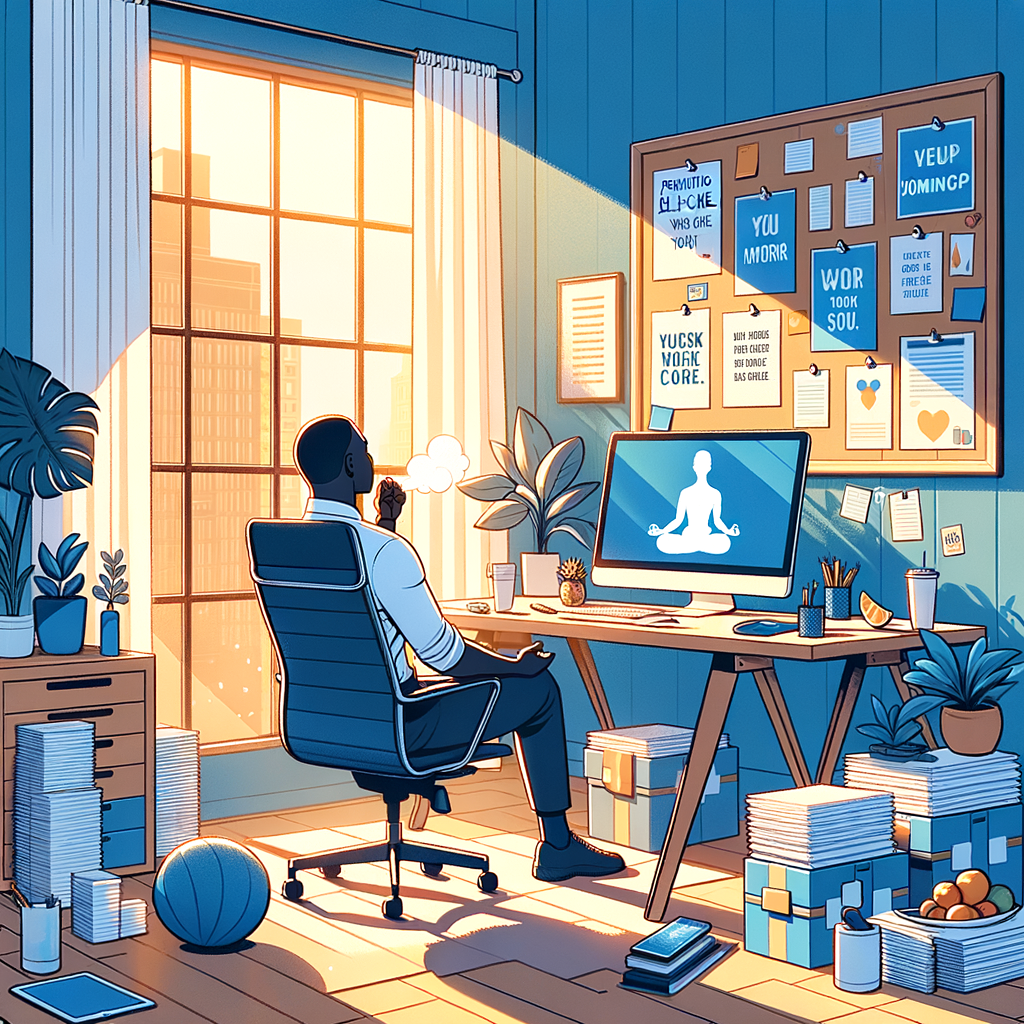Practical Tips for Avoiding Burnout While Working from Home
In today’s rapidly changing work landscape, many professionals find themselves working from home more than ever before. While this mode of operation offers flexibility and convenience, it also poses significant challenges, including the risk of burnout. Burnout is characterised by chronic stress that leads to physical and emotional exhaustion, which can have detrimental effects on both personal and professional life. This article provides practical tips to safeguard against burnout for those navigating the remote working environment.
Understanding Burnout
Before delving into the prevention strategies, it is crucial to understand the concept of burnout. According to the World Health Organization (WHO), burnout is “an occupational phenomenon” resulting from prolonged and chronic workplace stress that has not been successfully managed.
Common Symptoms of Burnout
- Emotional Exhaustion: Feeling drained, tired, and unable to cope.
- Cynicism: A sense of detachment or negativity towards work.
- Reduced Performance: Decreased efficiency and productivity.
Establishing a Work-Life Balance
The first step in avoiding burnout is to create a clear work-life balance. Here are some effective strategies:
1. Designate a Workspace
Choose a specific area in your home that is solely dedicated to work. This helps in mentally separating work from personal life. It does not have to be an office but should be a place that minimizes distractions.
2. Set a Fixed Schedule
- Start and end your workday at the same time each day.
- Include breaks to recharge throughout the day.
Having a structured schedule creates a sense of normalcy and routine, which can significantly reduce feelings of chaos.
3. Limit Notifications
In an effort to be productive, many people tend to keep constant notifications on. Limiting notifications from work-related communications during off-hours can help maintain your boundaries.
Practicing Self-Care
Self-care is an essential component in combating burnout. Consider implementing the following strategies:
1. Regular Physical Activity
Engaging in regular physical exercise can dramatically improve your mood and energy levels. Aim for at least 30 minutes of physical activity daily. Options include walking, yoga, or any exercise you enjoy.
2. Mindfulness and Meditation
Mindfulness practices such as meditation can significantly reduce stress and increase your emotional resilience. Dedicate a few minutes each day to practice mindfulness or meditation.
3. Stay Connected
- Schedule regular virtual catch-ups with friends and co-workers.
- Participate in online communities related to your interests.
Maintaining social connections can provide emotional support and stave off feelings of isolation.
Know When to Seek Help
If feelings of burnout persist despite taking preventive measures, it may be time to consult a professional. Therapists or counsellors can provide valuable support and resources to help cope with stress.
Support Systems
Additionally, discussing your feelings with a supervisor or HR can open avenues for needed adjustments in workload or work expectations. Most modern workplaces understand the significance of mental health and may offer resources or support services.
Conclusion
While working from home can be advantageous, it is crucial to remain vigilant about burnout. By establishing a work-life balance, practicing self-care, and seeking help when necessary, you can create a sustainable and healthy remote working environment. Remember, maintaining your well-being is not just beneficial for you; it also enhances your productivity and contribution to your team. Embrace these practical tips to navigate and thrive in your remote work journey.
There you have it… See what works for you…
Campbell M Gold
To Create Health, Wealth, Success, and Longevity through the Power of Your Subconscious Mind, Visit: Campbell M Gold.com
Visit The Store and see what else can be of help




















